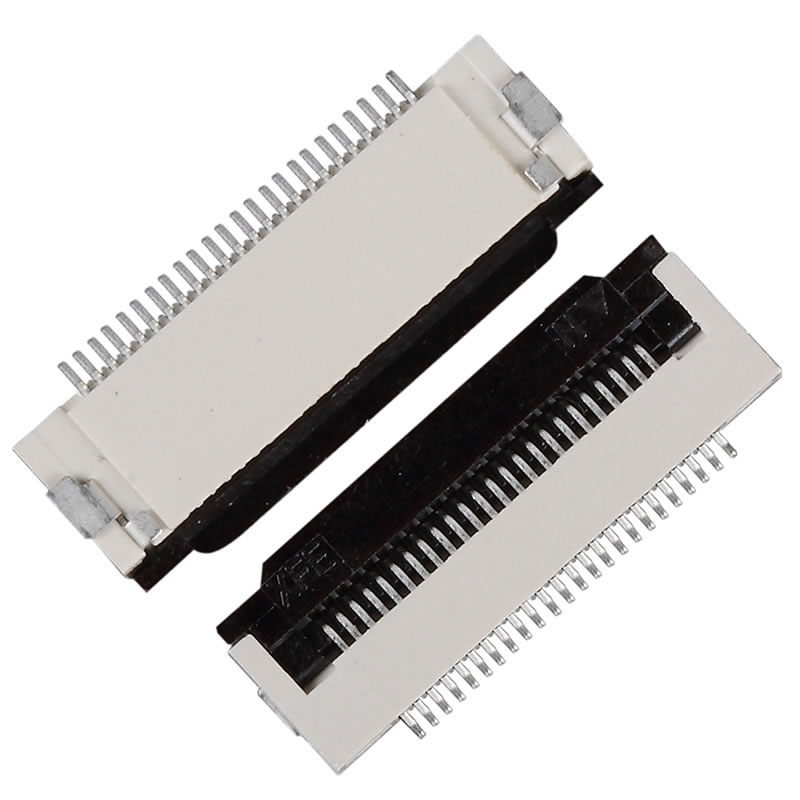FPC Connector Insertion Methods
 2024-11-18 09:18:39
2024-11-18 09:18:39

The insertion methods for FPC (Flexible Printed Circuit) connectors mainly include standard pin connection and flexible board socket connection. The standard pin connection is suitable for small instruments, where two flexible boards are connected using standard pins, typically in parallel or vertically, making it easy to achieve mass production. The flexible board socket connection involves creating a printed plug from the edge of the flexible board, with the plug designed according to the socket's size, number of contacts, contact spacing, and the location of positioning holes, so that it matches the dedicated flexible board socket. This method is simple to assemble, offers good interchangeability and repairability, and is suitable for standardized mass production.
When inserting, the following points should be noted:
Use of Stiffener: The stiffener not only reinforces the thickness of the insertion end but also adjusts the thickness to ensure compatibility with the FPC connector. The marking lines on the stiffener are crucial for ensuring the correct insertion of the FFC (Flexible Flat Cable), helping the operator determine the depth and direction of insertion, thereby avoiding misalignment or over-insertion.
Insertion Method: Depending on the type of FPC connector, the FFC can be inserted either horizontally or vertically. In particularly confined spaces, the cable can be inserted using one or both hands.
Maintaining Flatness: When inserting into the FPC connector, ensure the FFC remains flat to avoid bending or twisting. The stiffener should be parallel to the connector's slot to prevent damage to the cable's end conductors.
Additionally, common insertion methods include direct insertion, ZIF (Zero Insertion Force) connection, and LIF (Low Insertion Force) connection. Direct insertion is simple and convenient, suitable for situations where the FFC needs frequent replacement. ZIF connectors use a movable locking flap to ensure connection stability, ideal for situations requiring frequent connector insertion and removal. LIF connectors require the latch to be opened before inserting the FFC, also suitable for frequent insertion and removal of connectors.


